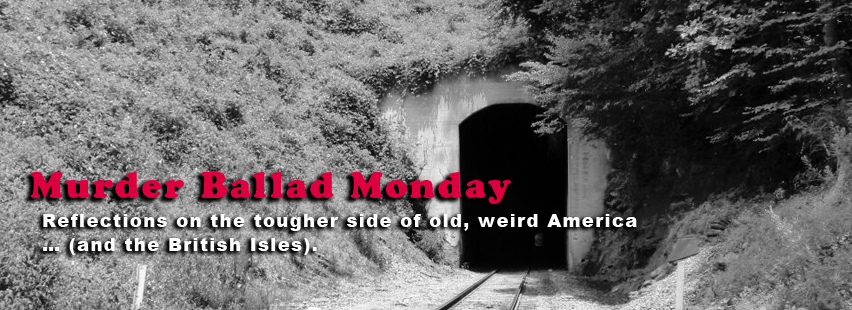Danse Macabre (the first installment)

“The Dance of Death” by Michael Wolgemut (1493)
from the Liber Chronicarum
Murder ballads made for dancing
The Corries’ performance of “The Massacre of Glencoe” on our Facebook page several days ago prompted one reader to comment that older songs like it differed with more recent “hardcore” music in that the tenderness of the music contrasted with the grimness of the story. I had been thinking recently about a different kind of contrast, one where the music felt made for dancing.
I thought it might be illuminating to gather some of the songs we’ve explored side by side, rather than dive deep into one, as is our wont. “Danse Macabre“ provides our theme, as a medieval French allegory for the idea that death unites us all–rich and poor, powerful and powerless. If that’s not a reason to get dancing, I don’t know what is.
Although ballads per se rarely lend themselves to dancing, music and dancing are inseparable for many people and cultures. In that sense, we have no real reason to be surprised that a heavy theme might come with a stirring beat. A friend of mine once gave me a mix-CD with Miriam Makeba and the Skylark’s “Uile Ngoan’a Batho,” a breezy “Wimoweh-ish” number that always felt uplifting. I didn’t understand the lyrics, and only later discovered that the title appears to translate to “Our Child is Gone.”
I’ll keep the text brief and the music up-tempo. Along the way, we’ll hear artists deliver their grim themes in ways designed to get us moving, if not outright shaking booties–by ourselves, in pairs, and with whole stadiums full of people. I’ll add some thoughts here and there about why they might arrange the songs the way they do.
Here’s our list, in no particular order. In case you weren’t already aware, our lists “go to eleven.”
11. “Banks of the Ohio” performed by Snakefarm
Snakefarm could offer multiple tracks to include on this list. Anna Domino and Michel Delory deliver a slow, lounge groove to “Banks” to get us going. Their version is also lyrically innovative in deftly diminishing the song’s typically fraught gender dynamics.
10. “Stagger Lee” performed by Lloyd Price
Price’s version of this American standard was made, and then re-made, for pop acceptability. Dick Clark urged Price to bowdlerize the lyrics for play on American Bandstand. As author Paul Slade has discussed, the song revs up with an energy that effectively urges this “Bad Man” on, chanting “Go! Stagger Lee! Go! Stagger Lee!,” which reflects for Slade a change in the tenor of the times–even though the “Bandstand” version proves non-lethal. For more on “Stagolee” click here for some of Pat’s great posts.
9. “Stone Cold Dead in the Market” (various)
We listened to this Calypso hit a few years ago, and we saw how this song of domestic violence may have played a role for listeners renegotiating gender roles in after World War II. One of our bloggers, Rebecca, suggested the Dixie Chicks’ “Goodbye Earl” for today’s list, which is definitely an up-tempo, worthy successor to “Stone Cold,” in more ways than one. Ella Fitzgerald and others have offered great performances of this song, but we’ll go with Gracie Barrie’s version here to deliver on the dancing.

